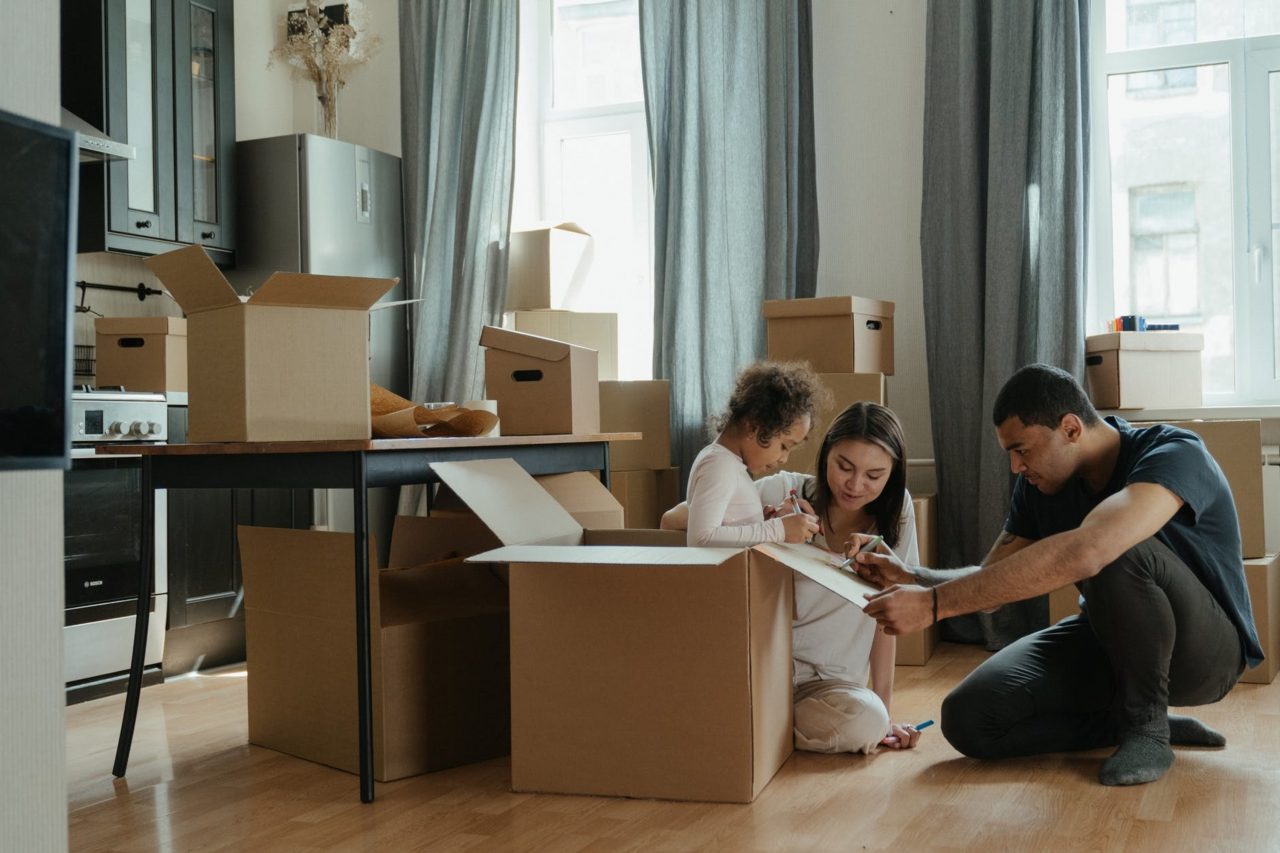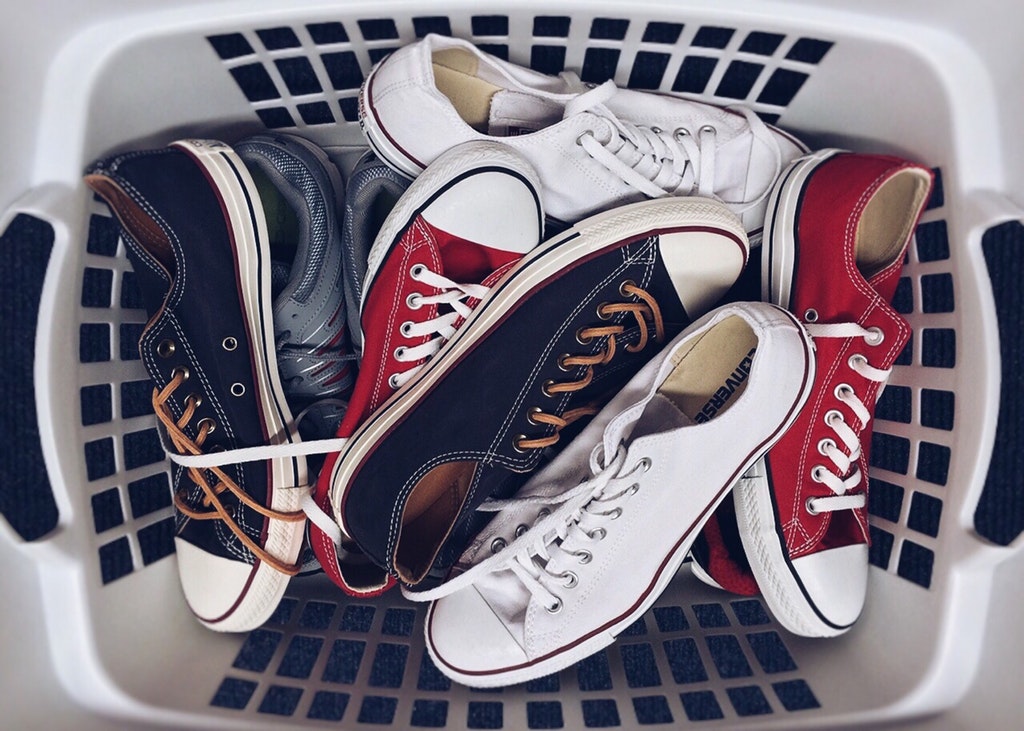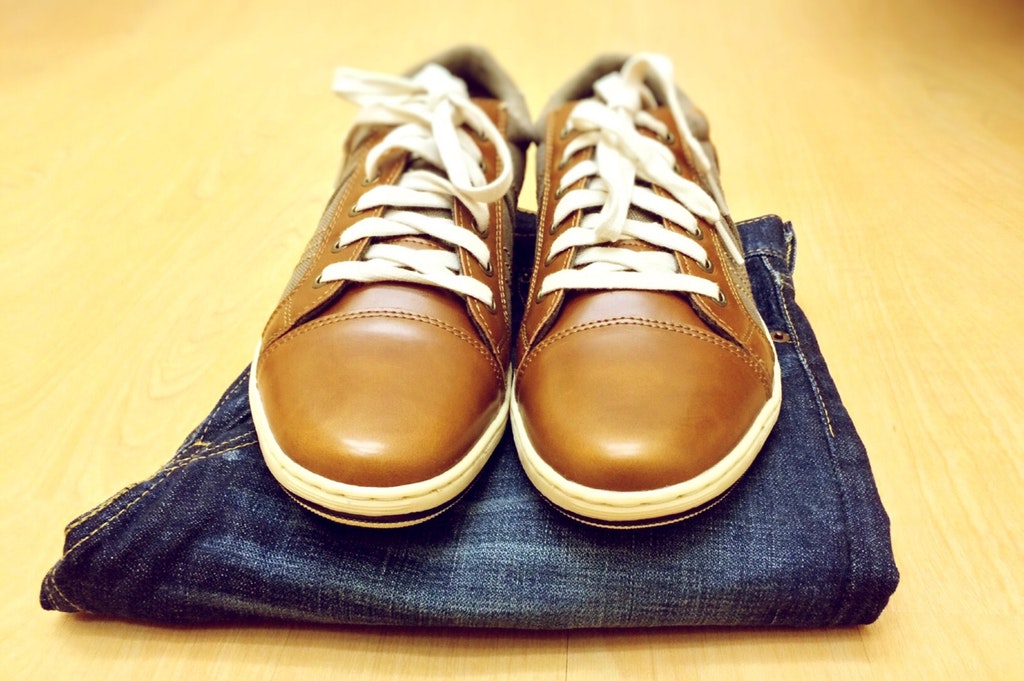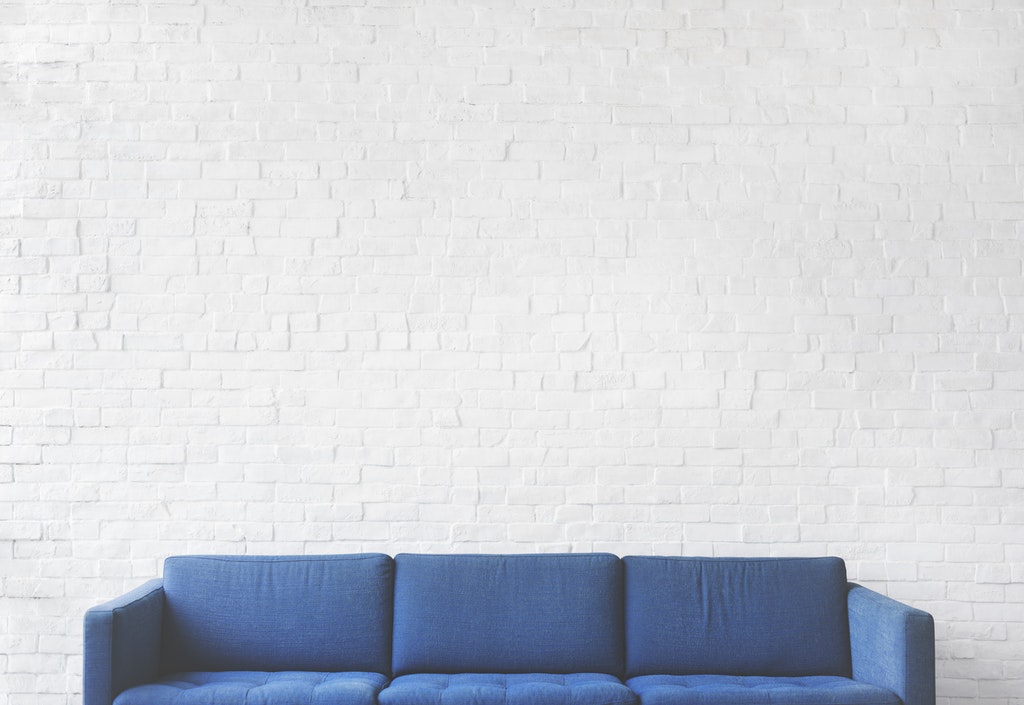Best Strategies for Packing and Labeling Your Moving Boxes
There’s
no doubt that moving is a life-changing event. The idea of adapting to a new
environment can be somewhat daunting yet exciting as well. While most people
associate relocation with stress and disorganization, it doesn’t always have to
be that way. Setting up a simple system to streamline the process should do the
trick.
How Important Is Packing and Labeling Boxes?
Assuming
you’re already done with the pre-move phase, today’s article will help you
tackle getting organized efficiently. But first, why should you bother with
this task? Wouldn’t it more time-effective to pack and send everything into
transit?
Wrong. Organizing actually goes a long way in ending your move swiftly. Good packing ensures a quick unpacking, while labeling helps identify what boxes go in which rooms. This way, you won’t have to spend hours sorting things out after the moving truck is unloaded.
Knowing this, you need a strategy to make your life easier. So here are some tips that Imperial Moving & Storage, a top-rated moving company, would like to share with you.
1. Come Up with a Plan
Yeah, you’ve probably read about this a couple of times from various articles. But it is essential. A solid plan is the backbone of all successful moves. Planning can:
- Help you proceed smoothly from one task to the next, ultimately achieving your goal.
- Prepare you for challenges so you can quickly address them to avoid delays.
- Help you utilize your resources properly.
- Positively affect your decisions by mapping out possible scenarios
- Motivate you since it gives you a clear vision of the end game.
In short, sit on the couch, pull out a notebook and a pen, brainstorm, and come up with a plan.
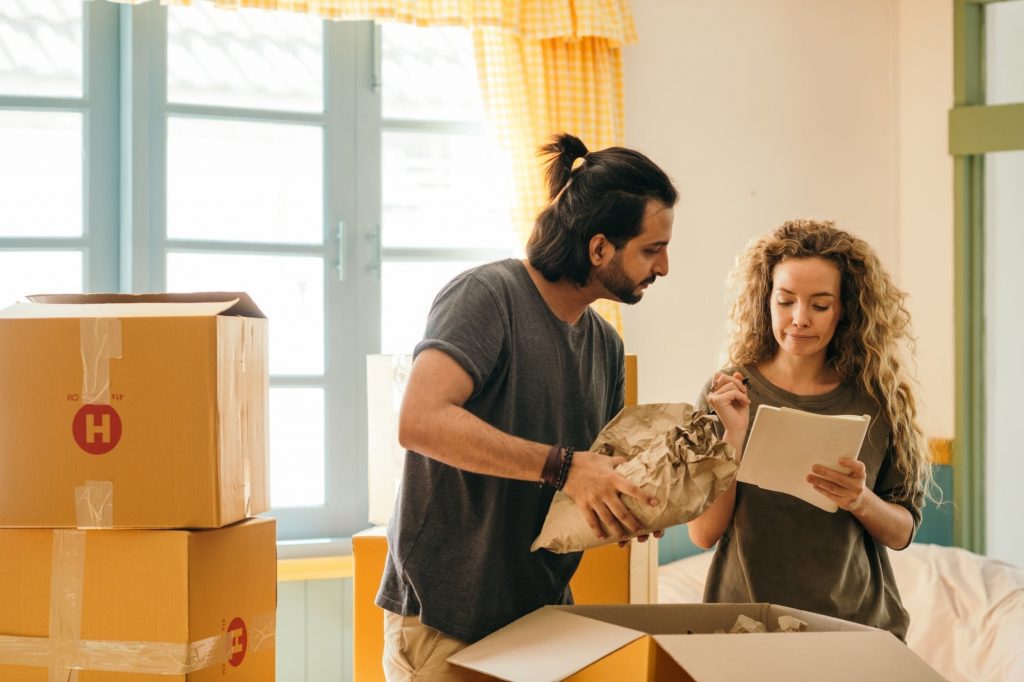
2. Gather the Right Supplies
Have a plan ready? Nice! It’s time to make it a reality. Of course, you won’t get far without the right packing supplies. For the basics, you’re going to need:
- Quality markers of different colors: Make sure you obtain permanent markers that don’t easily fade or smudge. You want the labels to remain even if the boxes get wet or exposed to the sun.
- Label stickers: If you feel a bit fancier, purchase preprinted labels that already have the names of the rooms printed on them. Your moving company most likely sells these.
- Packing tape, transparent tape, and scissors: These items are pretty essential.
- Bubble wrap, pads, and foam peanuts: You need these supplies to act as a cushion for the shaking during transit.
3. Assemble Your Moving Boxes
Assembling
a box is easy. Start by laying the unfolded board flat on the floor, so it
looks like a square. Next, fold the small bottom flaps into the center, then
fold the larger flaps on top, and seal the ridge in the middle with packing
tape. Make sure to double the layer for security.
Another alternative to avoid this hassle is to pick up already assembled boxes from your local grocer or marketplace. You can also request some from neighbors, friends, or your office. Alternatively, you can entrust the packing process to your movers.

4. Follow These Packing Tips
- Group similar items together. For example, put all your kitchen utensils in one box, pots and pans in another, and plates or ceramics in another. The goal is to consolidate items relative to each other.
- Use foam peanuts and pads. If you’re going to pack breakables, wrap them in paper or bubble wrap first. Fill the bottom of the box with the foam peanuts before you place the item. Don’t forget to insert pads between plates.
- Distribute the weight. Put the heavier items in the bottom part, then place the lighter ones on top. This makes it easier for your movers to carry and avoids squishing lighter-weight items.
5. Labeling Boxes
Again, labeling is crucial so you don’t get hung up by the end of the move. That said, there are two ways to systemize marking boxes. You have:
- Color coding: This is the most commonly used system by movers and homeowners, hence the multi-colored markers. All you need to do is assign a color to a room and label the items that it contains. For example, if you’ve decided that the kitchen will be blue, you can mark boxes with UTENSILS, PLATES, or TOASTER & COFFEE MAKER. You can then assign another color to other rooms like BEDROOM and LIVING ROOM. Lastly, it’s best to save red for FRAGILE.
- Number System: Just put a number on the top and one side of a box. Then write down the contents in your notebook. It should look like #1 – toys, #2 – chinaware, #3 – books, and so on. Easy, right?
Pro-Tip: Tape the labels. Sticker labels may curl at the edges or come off. Apply transparent tape over the labels to keep them in place.
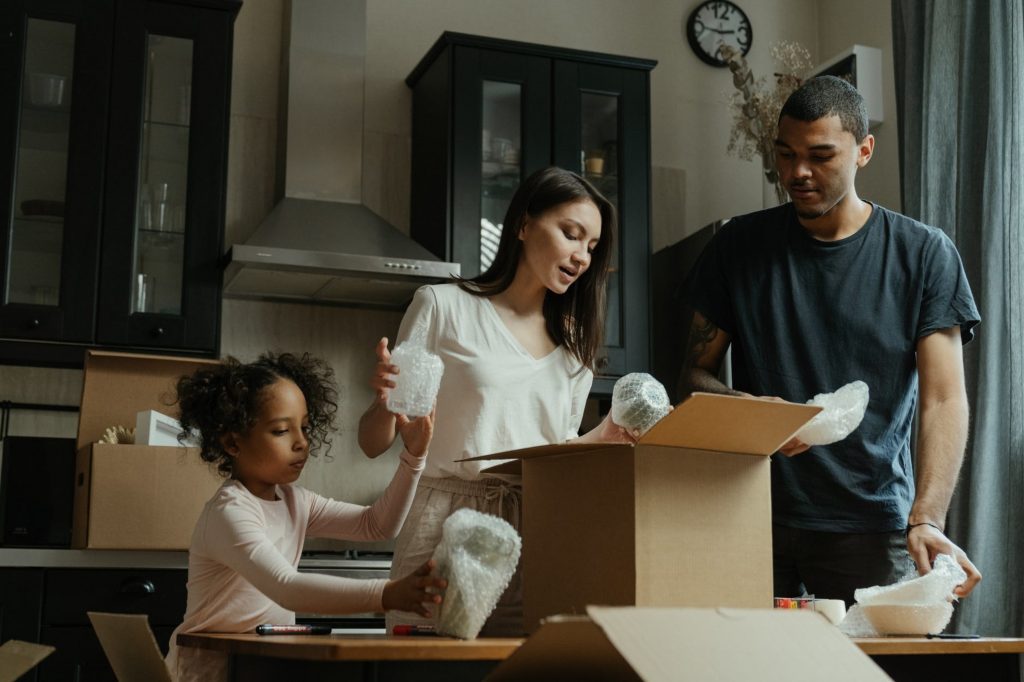
One
Last Important Tip
Pack an essentials box. Basically, it’ll contain the necessities your family needs to survive the first day or two in your new home. It should contain fresh pairs of clothes, toothbrushes, bathroom products, medications, and dining utensils. Now that you know what to do, it’s time to make that move a success. You can do it!


